The Amazing Benefits of Building Blocks: Why Every Child (and Adult) Should Play
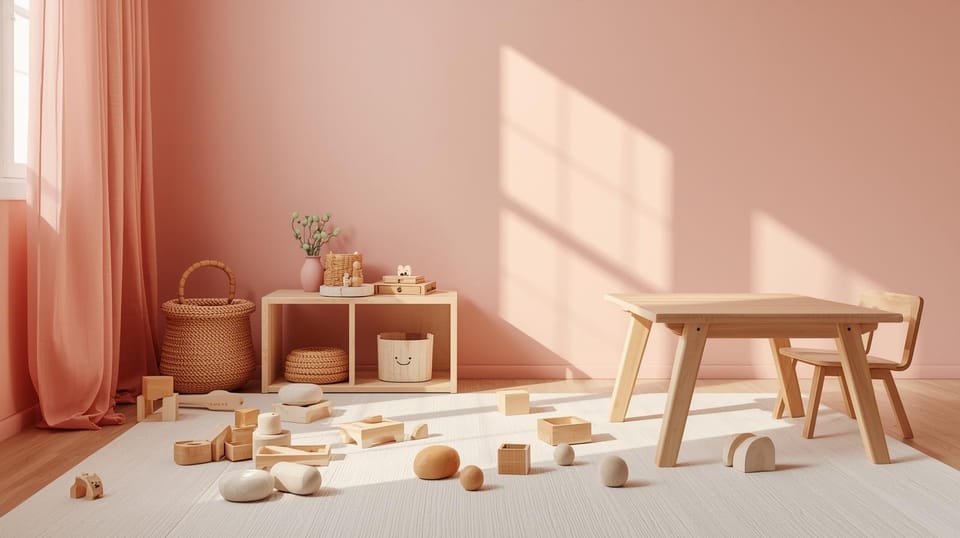
Building blocks aren't just toys—they're powerful tools for development and creativity. From wooden classics to modern LEGO sets, these simple yet versatile playthings offer incredible benefits for minds of all ages.
Why Building Blocks Matter More Than You Think
Playing with building blocks goes far beyond simple entertainment. These timeless toys serve as foundational tools for cognitive, physical, and social development. Whether you're watching a toddler stack their first tower or an adult tackling a complex LEGO architecture set, the benefits remain remarkably consistent across age groups.
Types of Building Blocks and Their Unique Advantages
Wooden Building Blocks
Traditional wooden blocks have been captivating children for generations. These natural materials offer several distinct benefits:
- Sensory experience: The weight and texture provide tactile feedback
- Durability: High-quality wooden blocks can last for decades
- Open-ended play: No predetermined outcome encourages creativity
- Natural aesthetic: Appeals to minimalist and eco-conscious families
Melissa & Doug Standard Unit Solid-Wood Building Blocks With Wooden Storage Tray (60 pcs)
Plastic Building Blocks (LEGO and Similar)
Modern plastic building systems like LEGO have revolutionized block play:
- Precision engineering: Interlocking systems enable complex structures
- Themed sets: Guided building experiences with specific outcomes
- Scalability: From simple bricks to motorized robotics
- Community aspect: Shared building experiences and competitions
Cutedeer 258 Piece Classic Big Building Blocks Set for Kids Toddlers Compatible with All Major Brands, Large Building Bricks STEM Toys with Gift Box for All Ages Boys Girls
Magnetic Building Blocks
These innovative blocks use magnets for connection:
- Easy assembly: Magnetic connections reduce frustration
- 3D exploration: Natural tendency to build in all directions
- STEM learning: Introduction to magnetic forces and geometry
- Age flexibility: Suitable for younger children who struggle with traditional blocks
MAGNA-TILES Classic 100-Piece Magnetic Construction Set, The ORIGINAL Magnetic Building Brand
Foam and Soft Blocks
Perfect for youngest builders:
- Safety first: Soft materials prevent injuries
- Quiet play: Ideal for apartment living or quiet time
- Large motor skills: Oversized blocks encourage whole-body movement
- Sensory integration: Different textures support sensory development
Large Building Foam Blocks for Toddlers – Giant Jumbo Big Building Blocks (30 Pieces)
Developmental Benefits Comparison
| Benefit Category | Wooden Blocks | Plastic Blocks | Magnetic Blocks | Foam Blocks |
|---|---|---|---|---|
| Fine Motor Skills | High | Very High | Medium | Low |
| Creativity | Very High | High | High | Medium |
| STEM Learning | Medium | Very High | High | Low |
| Safety (Young Kids) | Medium | Medium | Medium | Very High |
| Durability | Very High | High | Medium | Low |
Cognitive Benefits That Last a Lifetime
Spatial Reasoning Development
Building blocks naturally develop spatial intelligence. Children learn to visualize objects in three dimensions, understand relationships between shapes, and predict how structures will behave. These skills directly transfer to mathematics, engineering, and architecture later in life.
Problem-Solving Skills
Every building session presents challenges:
- Planning: Visualizing the end result
- Execution: Managing resources and sequencing steps
- Troubleshooting: Adapting when structures don't work as planned
- Iteration: Learning from failures and improving designs
Mathematical Concepts
Block play introduces fundamental math concepts:
- Counting and quantity: How many blocks are needed?
- Geometry: Understanding shapes, angles, and symmetry
- Measurement: Comparing heights, lengths, and volumes
- Patterns: Creating and recognizing repeating sequences
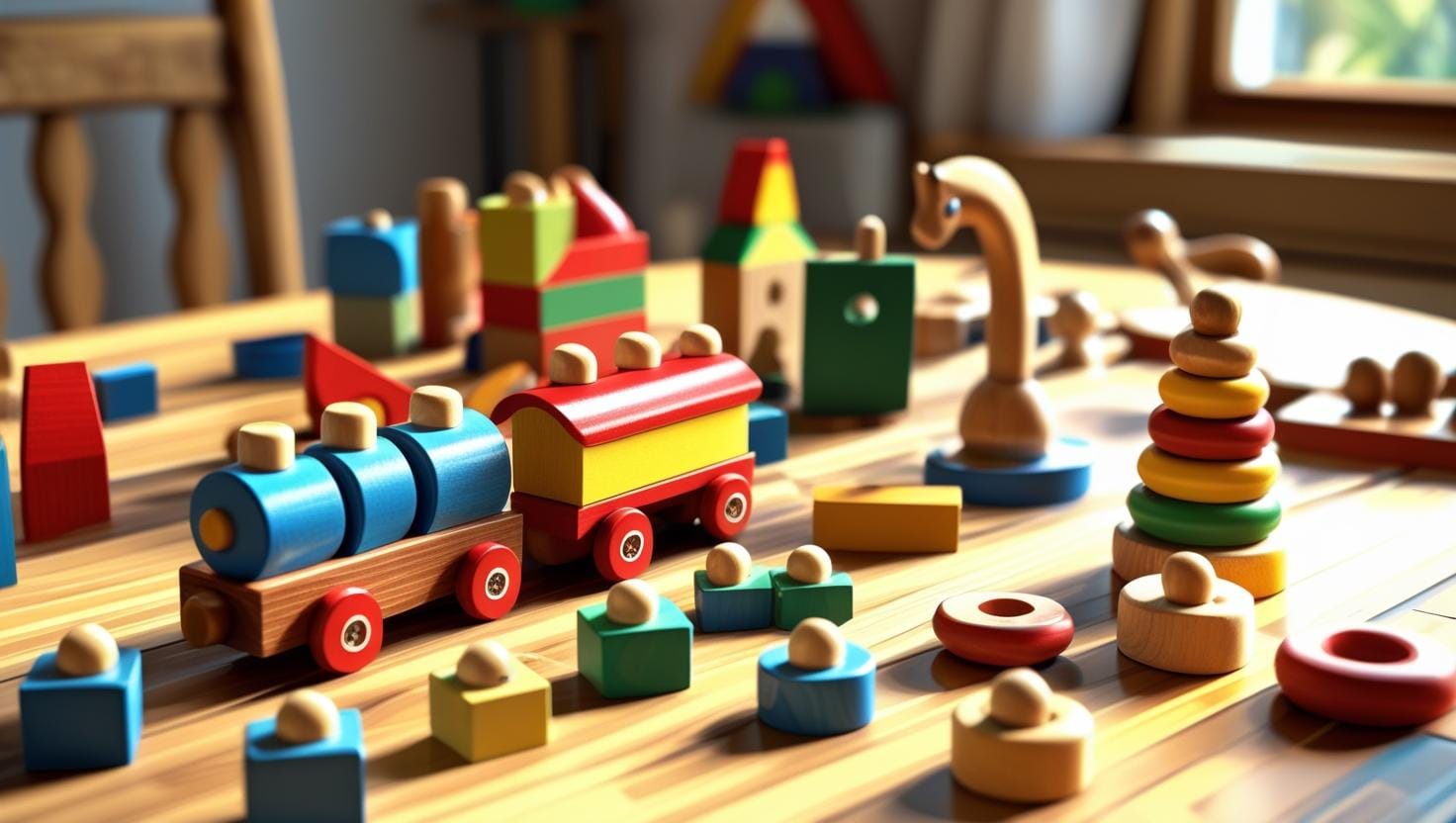
Physical Development Through Block Play
Fine Motor Skills
Manipulating small blocks strengthens finger muscles and improves dexterity. This preparation is crucial for writing, drawing, and other precise hand movements children will need in school.
Hand-Eye Coordination
Placing blocks precisely requires coordination between visual input and motor output. This skill improves with practice and benefits many other activities.
Bilateral Coordination
Using both hands together while building develops the brain's ability to coordinate both sides of the body—essential for many daily activities.
Social and Emotional Benefits
Patience and Persistence
Building complex structures takes time. Children learn to work steadily toward goals and cope with setbacks when towers fall down.
Confidence Building
Successfully completing building projects boosts self-esteem. Each accomplishment encourages more ambitious projects.
Cooperation and Communication
When children build together, they must:
- Share materials and space
- Communicate their ideas clearly
- Negotiate different visions for projects
- Celebrate shared accomplishments
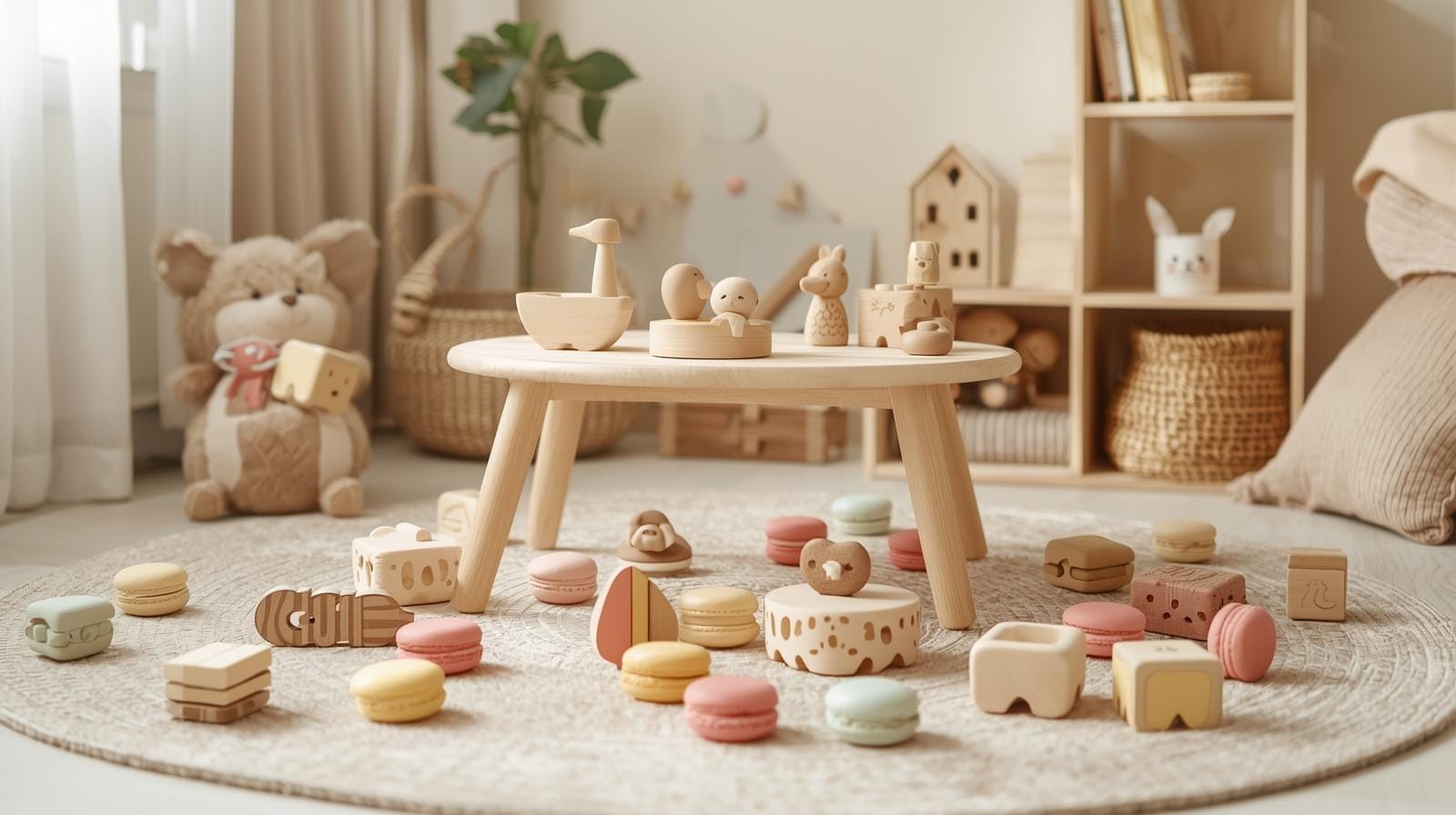
Age-Appropriate Block Play Guidelines
Ages 12-18 Months
- Large, soft blocks only
- Focus on stacking and knocking down
- Emphasize cause and effect learning
Ages 18 Months - 3 Years
- Introduce wooden unit blocks
- Simple towers and bridges
- Begin sorting by size and shape
Ages 3-5 Years
- Complex wooden block structures
- Introduction to LEGO Duplo
- Themed building projects
Ages 5+ Years
- Standard LEGO bricks
- Magnetic building systems
- Engineering challenges and competitions
Choosing the Right Blocks for Your Family
Consider these factors when selecting building blocks:
- Age appropriateness: Match complexity to developmental stage
- Safety standards: Look for non-toxic materials and appropriate sizing
- Storage solutions: Consider how blocks will be organized and stored
- Budget considerations: Quality blocks are an investment but last for years
- Space requirements: Some sets require significant building and storage space
Tips for Maximizing Block Play Benefits
Create an Inviting Play Space
- Designate a specific area for building
- Provide adequate lighting and comfortable seating
- Keep blocks organized and easily accessible
- Allow structures to remain standing between play sessions
Encourage Open-Ended Play
- Avoid immediately showing "correct" ways to build
- Ask open-ended questions about structures
- Celebrate creative solutions and unique designs
- Mix different types of blocks for varied experiences
Join the Fun
Adult participation enhances the benefits:
- Model problem-solving strategies
- Introduce new vocabulary related to building
- Share the joy of creation and accomplishment
- Create collaborative projects
The Science Behind Block Play Benefits
Recent research confirms what educators have long suspected about building blocks. Studies show that children who engage in complex block play score higher on standardized tests of spatial ability, mathematics, and language development. The three-dimensional manipulation of blocks activates multiple areas of the brain simultaneously, creating rich neural pathways that support learning across disciplines.
Building Blocks in the Digital Age
While screens dominate modern childhood, physical building blocks offer irreplaceable benefits. The tactile experience of manipulating real objects provides sensory input that digital alternatives cannot match. However, technology can enhance traditional block play through apps that help children document their creations or virtual reality experiences that extend physical building into digital realms.
Making Block Play a Family Tradition
Building blocks offer unique opportunities for multi-generational bonding. Grandparents can share childhood memories while building alongside grandchildren. Parents can step away from digital distractions and engage in focused, creative play. These shared experiences create lasting memories while supporting healthy development.
Ready to discover the magic of building blocks in your own home? Start with a simple set appropriate for your child's age and watch their creativity soar. Whether you choose classic wooden blocks, innovative magnetic sets, or beloved LEGO bricks, you're investing in your child's cognitive, physical, and social development.
Subscribe to our newsletter for more insights on child development and creative play ideas that grow with your family!
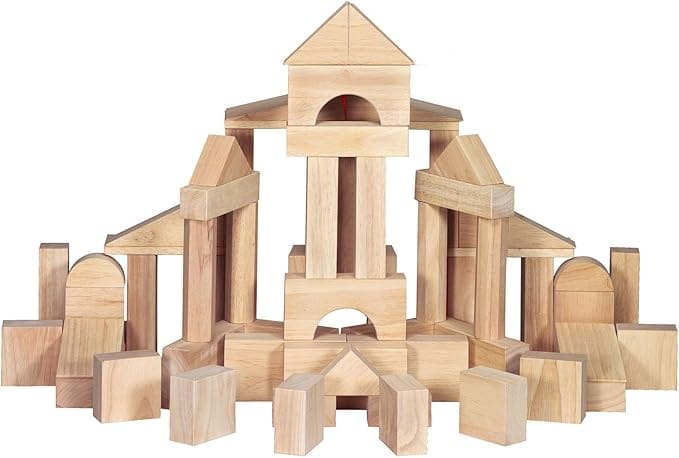
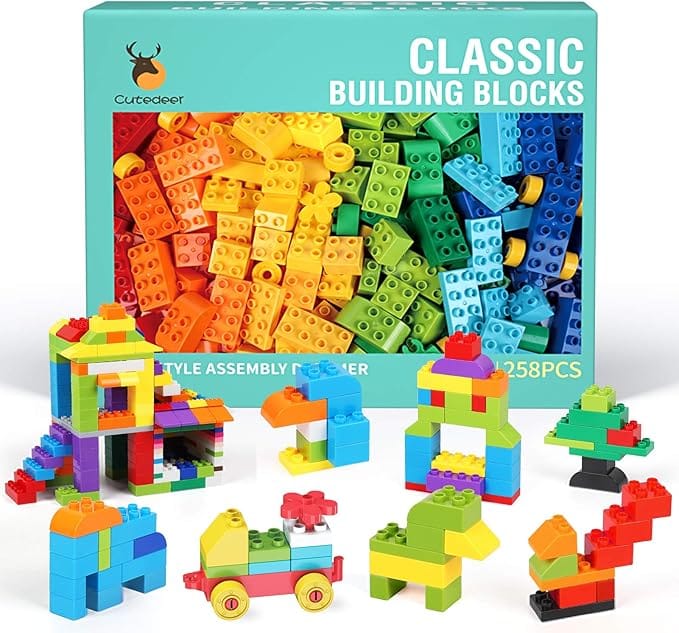
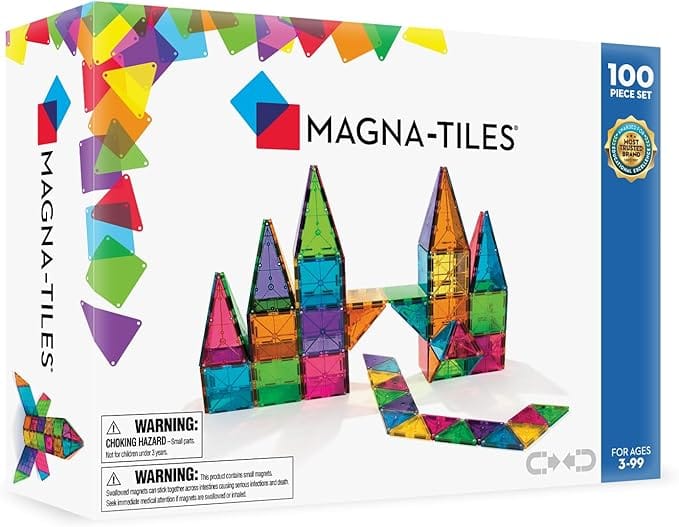
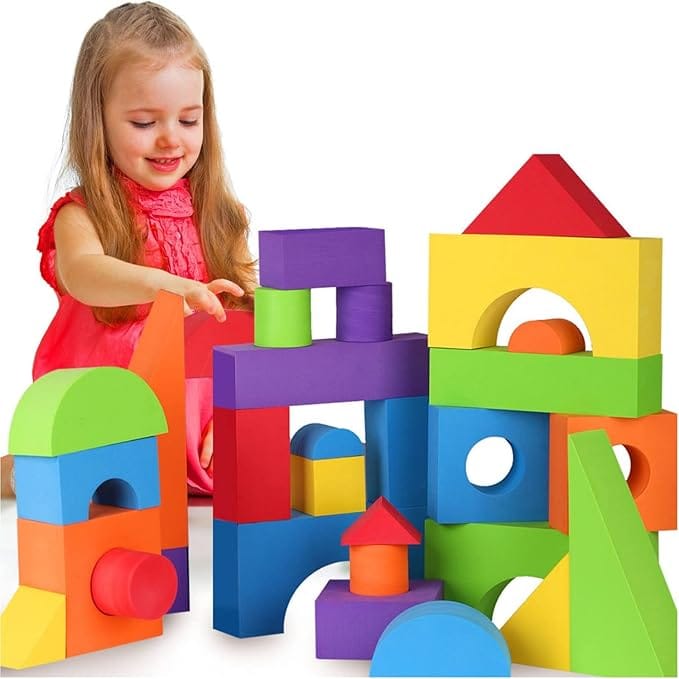

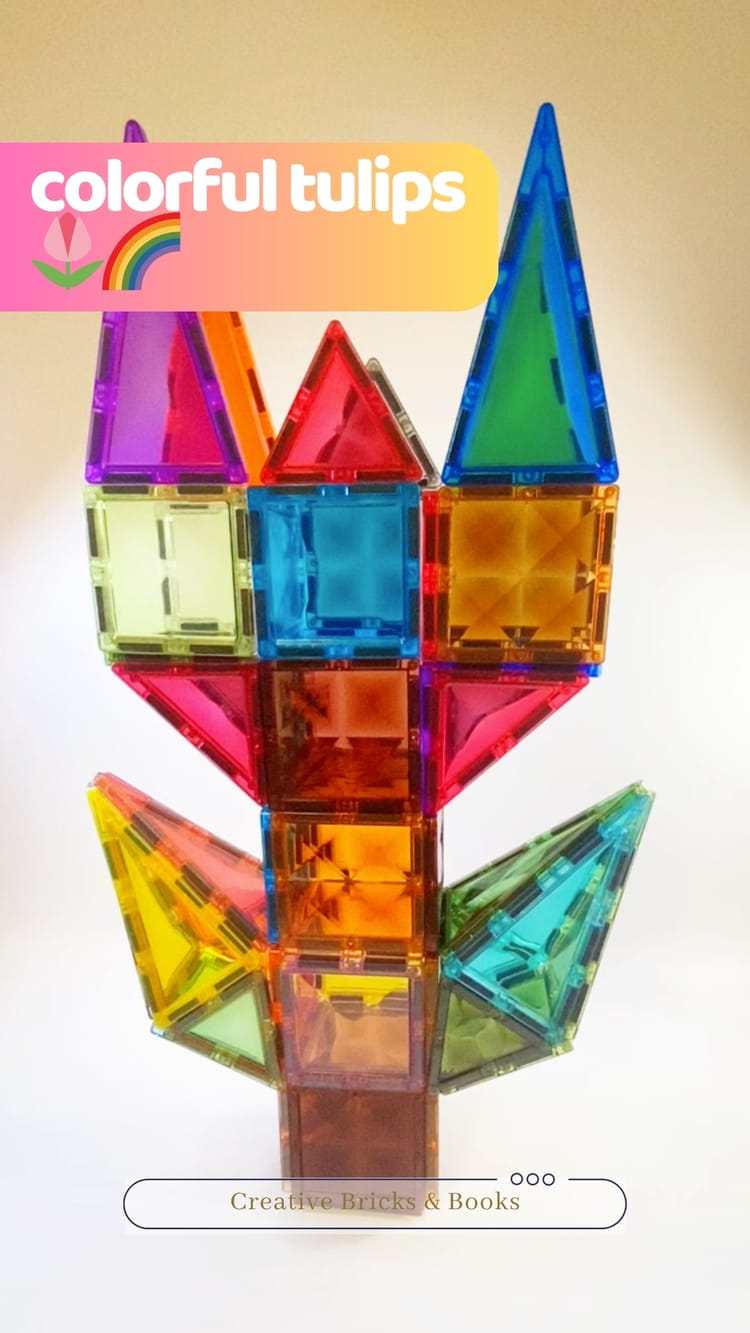
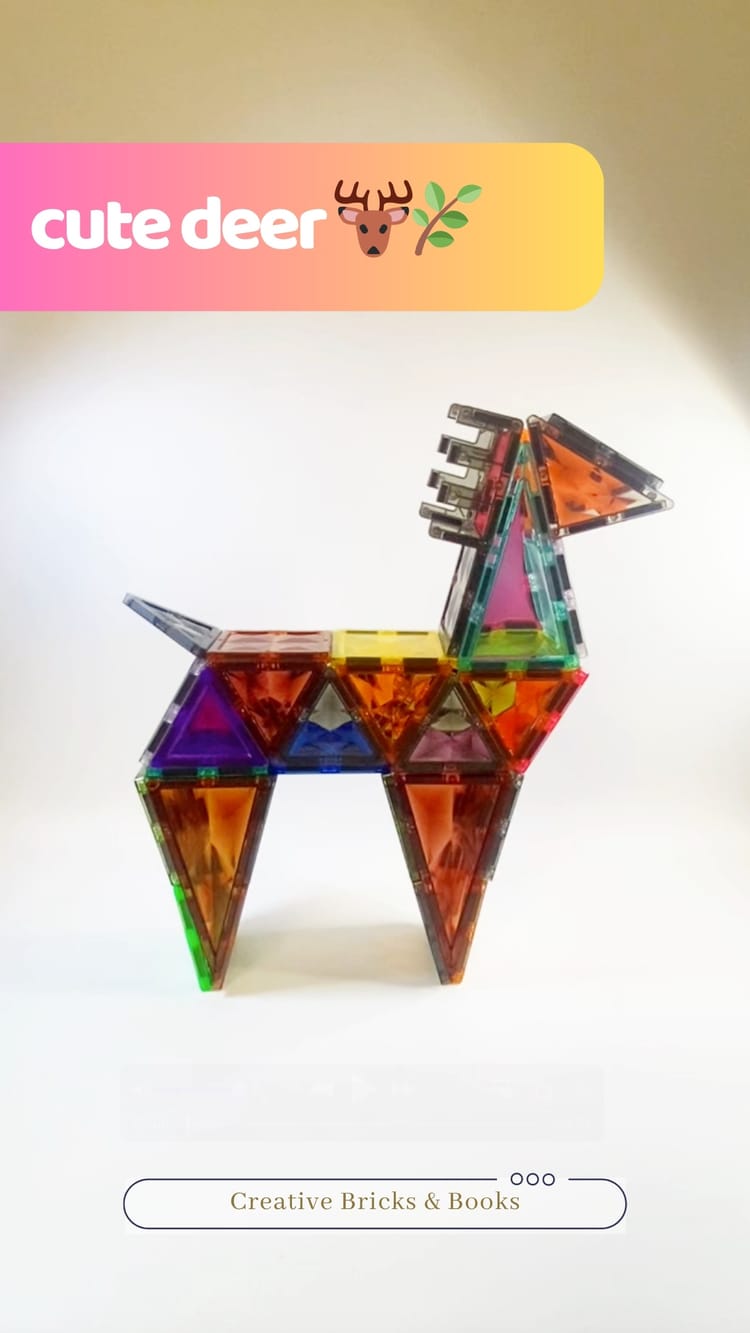
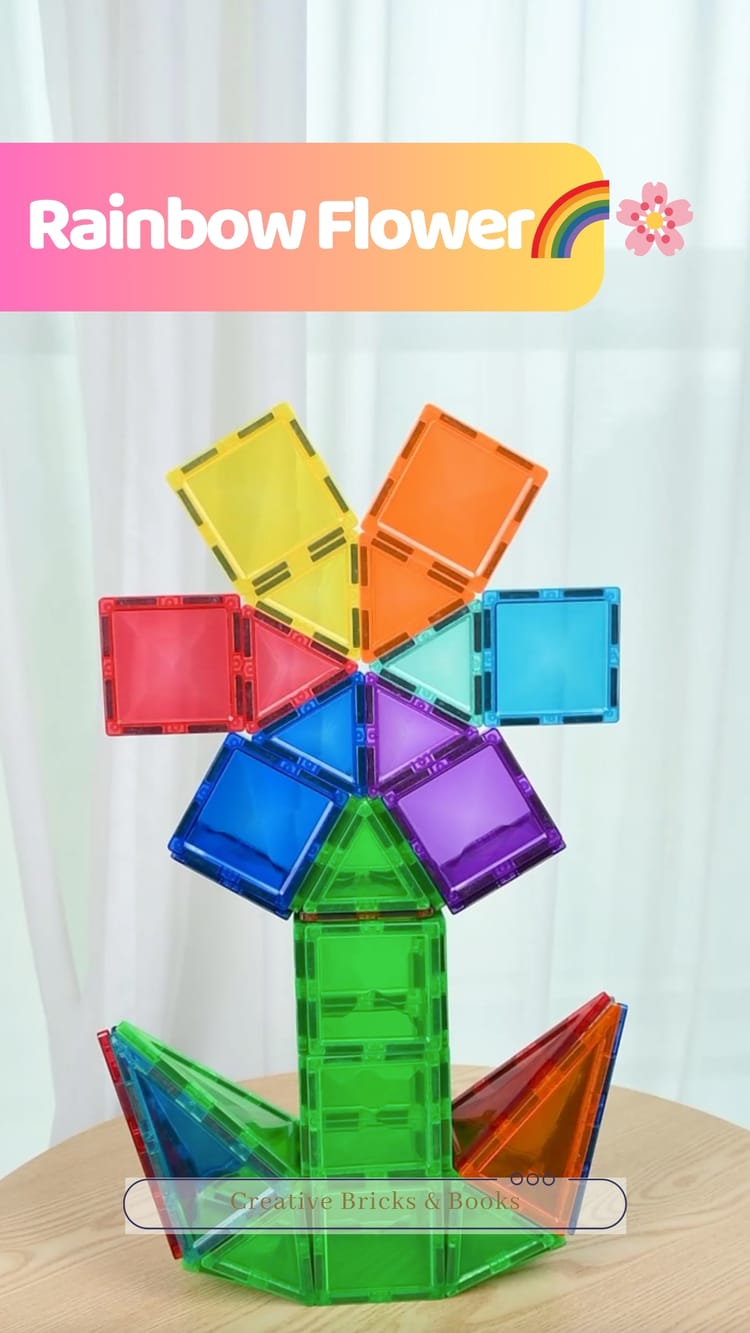
Comments ()